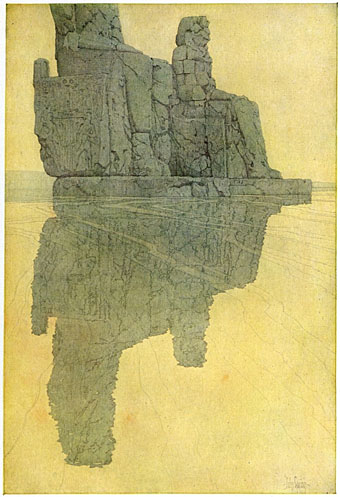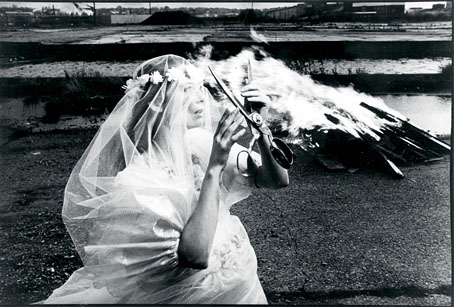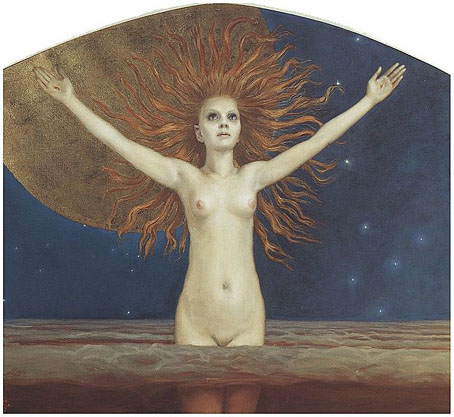
RIP Donna. People who know me well are usually surprised when I tell them I used to go disco dancing. It didn’t happen a lot but in the summer of 1977 I was 15 and used to get taken out by my mother and her new husband to a cabaret spot called the Planet Room in part of Blackpool’s sprawling Winter Gardens complex. Ordinarily I might have needed some persuading but I loved the Winter Gardens and especially liked the Planet Room, a large open space that was originally the very Victorian Indian Lounge. In 1964 someone had decided that the place needed a Space Age facelift so they covered the elaborate ceiling with an illuminated starry sky, painted the walls with a lunar landscape and dimmed the purple lights. Voila! Planet Room. It’s taken me all this time to realise what a suitable location it was to first hear the flanged chords of Donna Summer’s I Feel Love come surging from the dancefloor speakers, the song that famously represented “the future” on her I Remember Yesterday album. Nothing else from those dance nights was remotely memorable although for various reasons (lack of money, shitty home life) I didn’t actually buy a copy of I Feel Love until the Patrick Cowley Mega-Mix appeared in 1982. It’s impossible to talk about this song in any detail, it bypasses the rational brain and still thrills like few others. Prior to this there was the incredible (and banned) epic of Love To Love You Baby, and after it her version of State of Independence, a song that Brian Eno called “one of the high points of 20th century art“. Those songs and many others show the range of her voice to far better effect, but for me I Feel Love will always be something very special. (And let’s not forget Giorgio Moroder and Pete Bellotte either.)
• How Donna Summer’s I Feel Love changed pop: Jon Savage and producer Ewan Pearson on the majesty of Donna Summer’s finest 3 minutes & 47 seconds.





